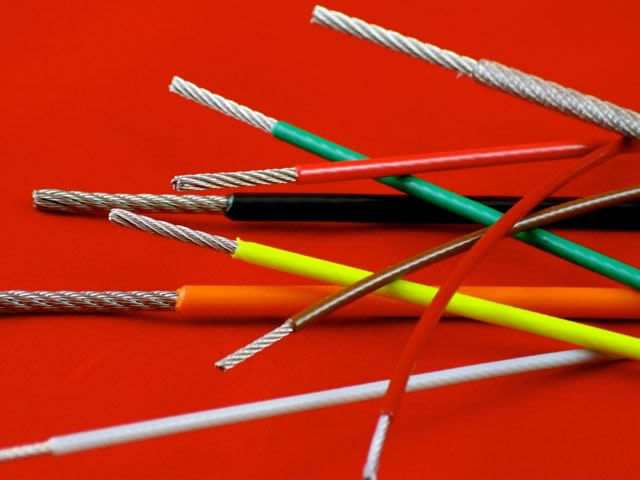Unveiling the Science Behind Cable Coating Materials
2023-09-04
In today's digital age, cables are the unsung heroes that enable our interconnected world. From power transmission to data transfer, cables play a pivotal role in our everyday lives. However, behind their seamless operation lies a complex web of materials and technologies that ensure their reliability and longevity. One crucial aspect of cable design is the coating material used to protect and insulate the conductors within. In this blog, we'll dive into the world of cable coating materials, exploring their types, properties, and applications.
Cable coating materials are essential for ensuring the durability, safety, and performance of cables. These materials serve several key purposes:
Insulation: Coating materials insulate the conductors inside the cable, preventing electrical leakage and ensuring that the cable functions efficiently.
Protection: They shield the cable from environmental factors such as moisture, chemicals, UV radiation, and physical damage. This protection extends the cable's lifespan.
Flame Retardancy: Certain coating materials are designed to be flame-retardant, ensuring that cables do not contribute to the spread of fires.
Types of Cable Coating Materials
Various materials are used to coat cables, each with its unique properties and applications. Here are some common types:
PVC (Polyvinyl Chloride): PVC is one of the most widely used cable coating materials. It offers excellent electrical insulation, resistance to moisture, and affordability. However, it may not be suitable for high-temperature applications due to its lower heat resistance.
PE (Polyethylene): PE is known for its durability and resistance to environmental factors. It's commonly used in outdoor cables, such as those for power distribution and telecommunications.
XLPE (Cross-Linked Polyethylene): XLPE is an enhanced form of polyethylene with improved thermal and electrical properties. It's ideal for high-voltage power cables and is known for its excellent dielectric strength.
EPR (Ethylene Propylene Rubber): EPR combines the advantages of rubber and plastic. It's highly flexible, making it suitable for applications where cable flexibility is crucial, such as in robotics and automation.
LSZH (Low Smoke Zero Halogen): LSZH cables are designed to emit minimal smoke and no toxic halogen gases when exposed to fire. They are commonly used in applications where fire safety is a top priority, such as in tunnels and crowded public spaces.
Fluoropolymers (e.g., PTFE, FEP, ETFE): These materials offer exceptional resistance to heat, chemicals, and abrasion. They are often used in high-temperature and demanding environments, including aerospace and medical devices.
Properties to Consider
When selecting a cable coating material, several properties should be taken into account:
Electrical Properties: The material's dielectric strength, insulation resistance, and capacitance must meet the cable's electrical requirements.
Mechanical Properties: Factors such as flexibility, tensile strength, and abrasion resistance are crucial, depending on the cable's application.
Environmental Resistance: Consider the material's resistance to moisture, UV radiation, chemicals, and temperature extremes.
Fire Resistance: For applications where fire safety is vital, choose a material with appropriate flame-retardant properties.
Cost: Balancing performance and cost is essential, as some materials may be more expensive than others.
Cable coating materials are the unsung heroes of the modern world, ensuring the reliability and safety of our interconnected systems. Selecting the right material depends on the specific requirements of the cable and its intended application. As technology continues to evolve, we can expect to see advancements in cable coating materials that offer even greater performance and environmental sustainability. These innovations will play a vital role in shaping our connected future.
